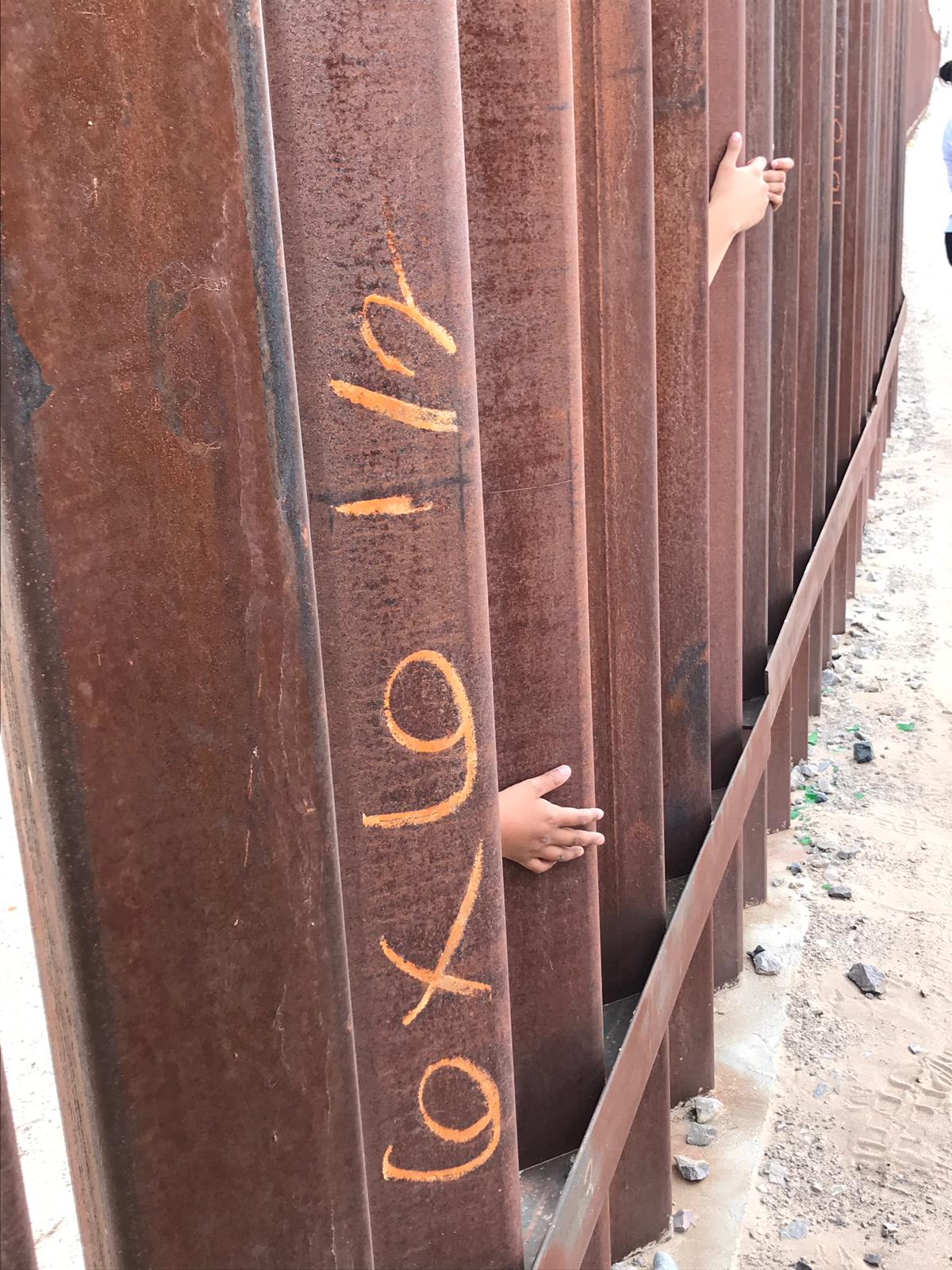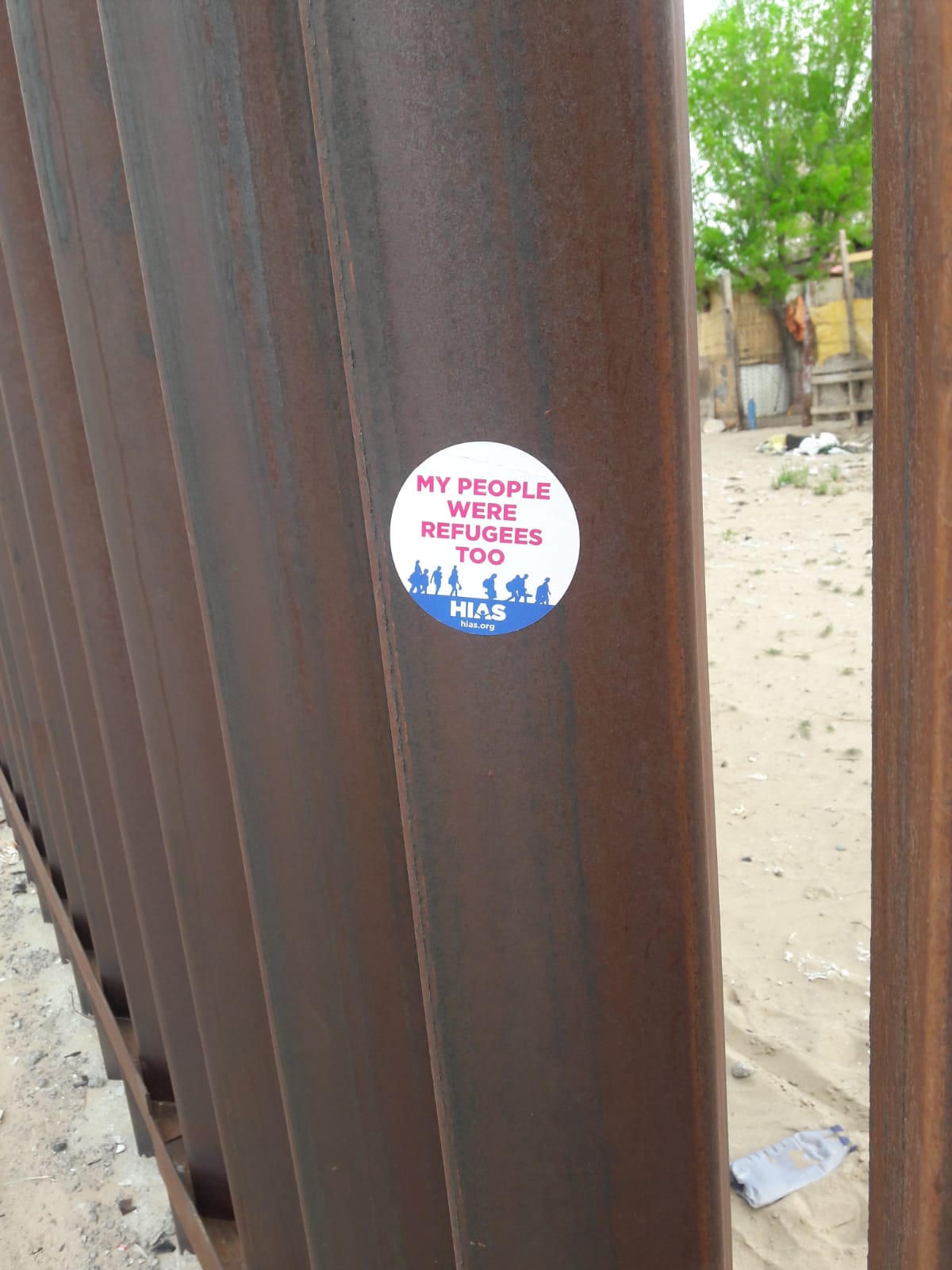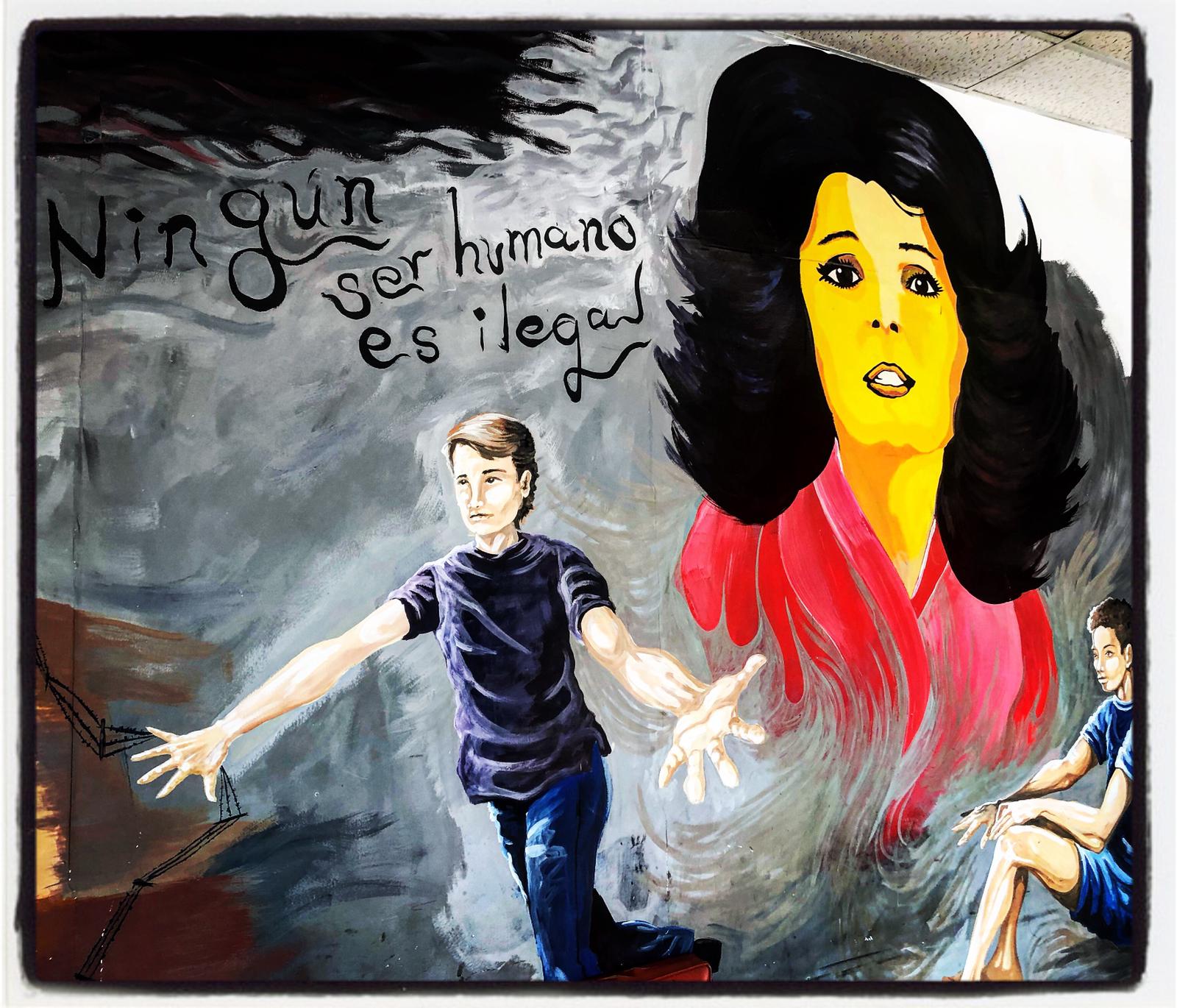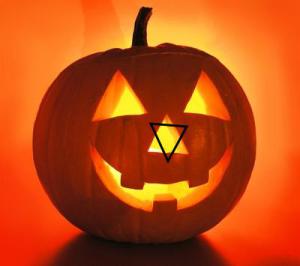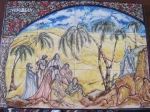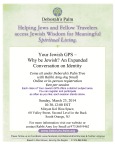Testimony to VT Senate January 30, 2018
Rabbi Amy Joy Small
Issue: Universal Background checks
Good Afternoon. I am Rabbi Amy Small, Senior Rabbi of Ohavi Zedek Synagogue in Burlington.
On December 12, 2012, I was driving to an appointment around noon. As I turned the radio on, I heard the emergency announcement that there was a shooter in an elementary school in Sandy Hook, CT. My heart started pounding. Then I heard that the youngest classes were the site of a massacre. I was beside myself. My close first cousin who lives in Sandy Hook, CT, was a second grade teacher in that area, though I didn’t know which school was his. I tried to call him. No answer.
I found the website for the school district, searching on my phone,. But the phone numbers were not listed. Nor were there faculty lists posted on the site. It appeared as though parts of the site had been taken down immediately after the shooting (though I never did confirm if that was the case.)
It was a terrifying day until I heard from my cousin. Thank God he was fine. He teaches in a different school. He had to wade through more than 40 voicemail messages from family and close friends. We had all been holding our breath for hours until my cousin, who doesn’t use his phone while teaching, heard the news.
But our joy and relief were deeply tempered by the news of what had happened. 20 children and 6 adults were gunned down in their school classrooms.
There have been 200+ school shootings in our country since the murder of those pure, innocent souls in 2012. That’s about one a week. It was noteworthy that the shooting in Kentucky last week earned little space in the news cycle; our nation has become almost numb to this evil phenomenon.
But we will not be numb. We are determined to see our legislature enact common sense gun protection laws.
The relentless cycle of gun violence, including, but not exclusively, horrific mass shootings — that often target young people — is a deeply troubling phenomenon. We know that some common sense gun control laws could save many lives.
I do not know what would have stopped Adam Lanza from getting guns in Sandy Hook, CT. I know that some perpetrators of mass shootings would not have been stopped by mandatory universal background checks. I know that many of the gun killings in this country are not mass shootings. Clearly, guns kill in a variety of situations: in domestic violence – most often afflicting women, in shootings of law enforcement officials, in senseless small-scale murders, and in suicides. These gun violence events are more common, and they are absolutely epidemic.
The loophole in the background check system that allows individuals to easily transfer guns when they are not purchased in a gun shop is a problem that requires a solution.
Private-sale gun purchases in person and, more ubiquitously, online and at auctions or flea markets, are currently exempt from the background check requirements to which gun shops are bound. It is estimated that 22% of gun transfers take place without a background check.
Some states have begun to lead the effort to close this loophole. The results of state-legislated background check laws are stunning. In the 19 states which have enacted universal background check laws for handguns, there have been dramatic decreases in the incidence of killings by guns. 47% fewer women have been shot to death by their partners, 53% fewer law enforcement officers have been killed, and there have been 47% fewer suicides by gun.
We have a responsibility to keep guns out of the hands of would-be criminals. This is how we have a government of the people, and for the people.
I have heard the argument in Vermont that the current ease of transferring guns to friends and acquaintances is important to some Vermonters who value their individual rights. And I have heard the argument that individuals who acquire guns are the ones who must take responsibility; we can’t be responsible for them. The cost and inconvenience of applying for a background check is an infringement upon personal agency. If I am law-abiding and honest, why should I be required to take this wasteful step?
I am not moved by these arguments because they are based on an individualism that rubs against my moral commitment to care for my fellow human being. The Torah, at the opening of the Hebrew Bible, commands, “You shall not insult the deaf, or place a stumbling block before the blind; AND Do not profit by the blood of your fellow; AND Love your neighbor as yourself.” (Leviticus 19:14,16,18) In the depth of my being, I feel responsible for the health, well-being and safety of my neighbors. In fact, this is the first building block of our partnership with God in completing creation — to which we are called in my faith tradition. Further, it is our responsibility to respond to the Divine call to repair the world of it’s painful, hurtful ills.
My tradition teaches “Kol Yisrael arevim zeh bazeh,” which means that we are all responsible for each other. If I am inconvenienced in the process of exerting care to protect others from harm, so be it. I expect that my fellow Vermonters would do the same for me.
The command to be responsible for each other is taught in the context of a reflection on the domino effect of sin. If one sees another person at the verge of sinning, she/he has an obligation to step in and help. We are guarantors for one another. Indeed, the frequency and scope of senseless gun violence in this country demonstrate the domino effect of sin. It is up to us to stop it.
How can any of us, even if we value our individualism above all else, be truly safe in a world so rife with senseless gun violence? We are all responsible for each other.
Further, I come to you as a leader of a faith community — Ohavi Zedek Synagogue is the oldest and largest synagogue in Vermont. Sadly, houses of worship have become one more target in the scourge of mass shootings. Our community, like many, has felt it necessary to invest in significant security measures for our building. We are not being paranoid. My conversations with Christian and Muslim colleagues and our police reveal serious concerns regarding threats to our sacred spaces. What a tragedy that our children must learn what to do in the event of an intruder in our synagogue! We may not be able to prevent all violence by instituting universal background checks, but we can certainly reduce the threat. We owe this to our children and to communities.
I beseech you, help to keep all of us safer; enact universal background laws. This is what it means to lead. And for your leadership, I thank you.
